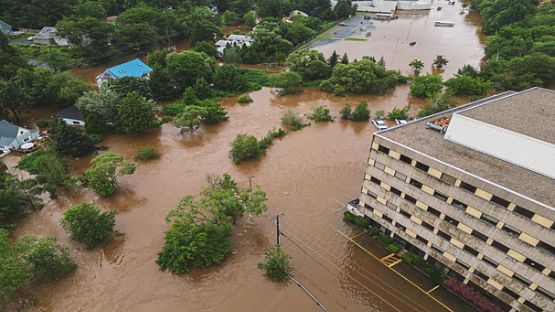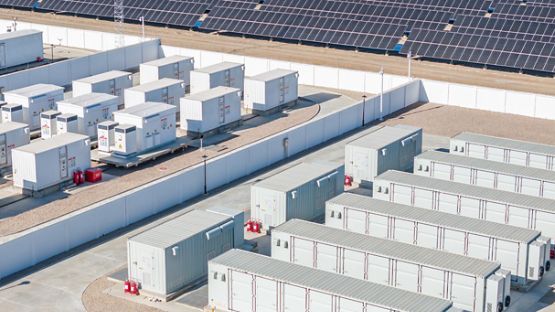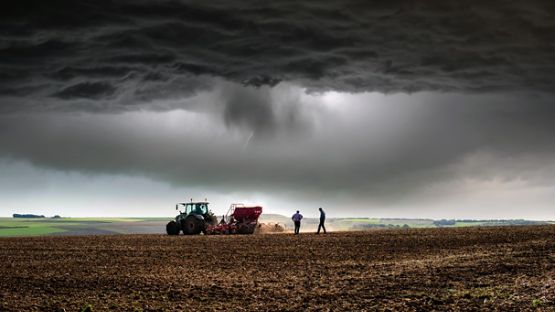During construction or renovation of a building or structure, Builder’s Risk Insurance, also known as Course of Construction Insurance (COC), can protect your interest in materials, fixtures and equipment if those items are lost or damaged due to an insured peril. Builder’s Risk policies only cover damage to property; therefore, you will need to purchase additional insurance to cover liability. They also provide coverage for a specified amount of time, until completion of the project, after which the owner of the building is responsible for the insurance. Both the contractor and the owner are eligible to purchase Builder’s Risk coverage.
Knowing your risks
Aviva’s top Builder’s Risk claims* are caused by:
- Wind: 28%
- Water seepage or leakage: 10%
- Arson or fire: 8%
- Vandalism: 3%
- Collapse: 5%
Statistics for the severity of each type of loss are different. Although construction site fires are relatively rare representing 0.2% of all fires, they are considered to be a source of significant loss in the construction industry. The payouts are much greater for these claims as the damage is more severe. Comparatively, a theft may not render the contractor unable to do business and so the construction continues, whereby a collapse could halt the project for an indefinite period of time.
Location can determine several things. Is your site in an area prone to vandalism or theft, or susceptible to damaging winds, storms or rain? Water damage, for example, has become a significant issue in many parts of the country due to changing weather patterns, with some storms causing significant flooding and sewer backups. If floods or earthquakes are a potential threat, you may want to consider an extension to your coverage to protect your business against these exposures.
Personalize your coverage
Every project is different, and each Builder’s Risk policy will be tailored to meet your specific needs.The policy will cover losses such as those caused by fire, wind, theft and vandalism. However, typical policy exclusions include losses caused by earthquakes, release of pollutants and mechanical breakdown. Additional coverage maybe purchased for some risks as an add-on to the Builder’s Risk insurance policy or under a separate policy.
Factors you should consider
The size of the project, construction schedules and budget estimates are important factors in determining coverage amounts, but material and labour costs play a role too. As prices and valuations change or components are upgraded, be sure to speak to your insurance broker and adjust your insurance coverage limits accordingly. For example, if the hardwood floors or granite countertops you’ve added increase the value of your construction project substantially, you need to be aware of additional premiums that will be charged back to day one of the project. This is because the value of the insurance should represent he full value of all of the materials that go into the project.
Additional types of insurance coverage you should consider
Wrap-up Liability is a coverage that should be considered for larger Builder’s Risk projects. Wrap-up Liability covers all interested parties in your project under one policy.You should also consider other available types of insurance coverage, including coverage for losses arising from equipment breakdown, delayed startup, testing and commissioning.
For more information, contact your insurance broker. If you don’t have one, use our Find a Broker tool.
*Based on losses incurred (2016/2017)
Sources
Aviva 2016-2017 data
Tracy Hanes. (n.d.). “Preparing for the Worst,” Ontario Home Builders’ Association.Retrieved from https://www.ohba.ca/preparing-for-the-worst/
Canadian Wood Council. (n.d.). “Course of Construction Insurance Basics”.Retrieved from http://cwc.ca/wp-content/uploads/publications-Quick_facts-Insurance_and_Construction_Series_No1-s.pdf
Jay M. Levin. (2008, August). “Key Considerations When Buying Builders Risk Coverage,” International Risk Management Institute, Inc. (IRMI).Retrieved from https://www.irmi.com/articles/expert-commentary/key-considerations-when-buying-builders-risk-coverage
Marcus A. Raitanen. (2012, June 21). “Construction Risk Basics,” Canadian Insurance Top Broker.Retrieved from http://www.citopbroker.com/your-business/construction-risk-basics-3825













